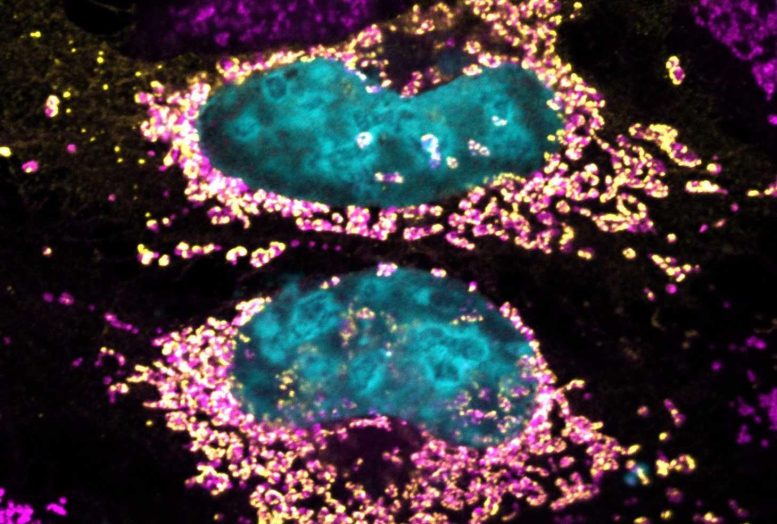Posted inTechnology News
Researchers Develop Lightweight MXene-Coated Waveguides for Satellite Telecommunication
A team of researchers from Drexel University and the University of British Columbia has made significant strides in satellite technology by developing lightweight waveguides coated with MXene, a conductive nanomaterial. Waveguides play a critical role in satellite telecommunications, but their traditional metallic construction adds considerable weight to satellites. By utilizing 3D-printed polymers coated with MXene, the team achieved substantial weight reduction while maintaining high transmission efficiency. These MXene-coated waveguides offer promise for cost-effective satellite launches, increased payload capacity, and improved telecommunications in space.






























































































)


